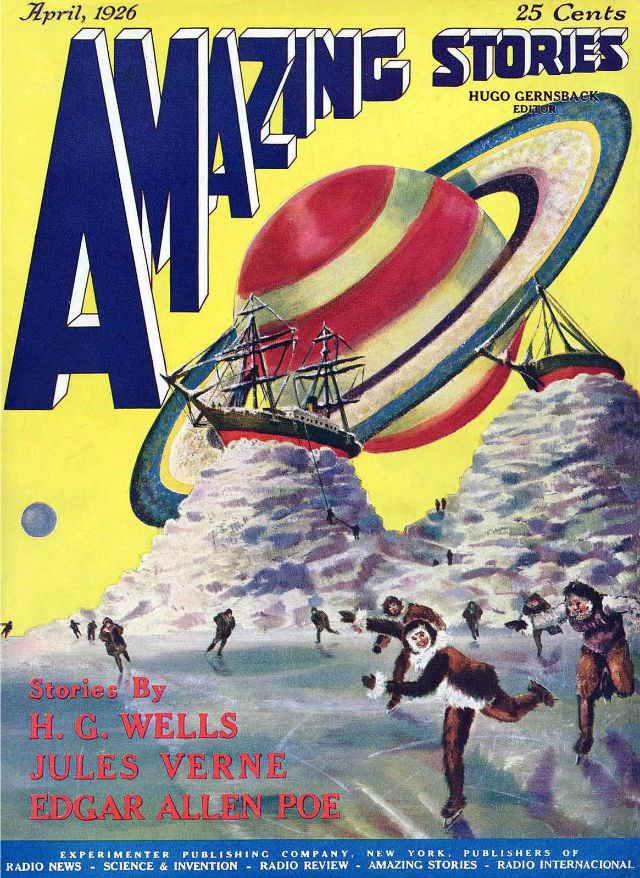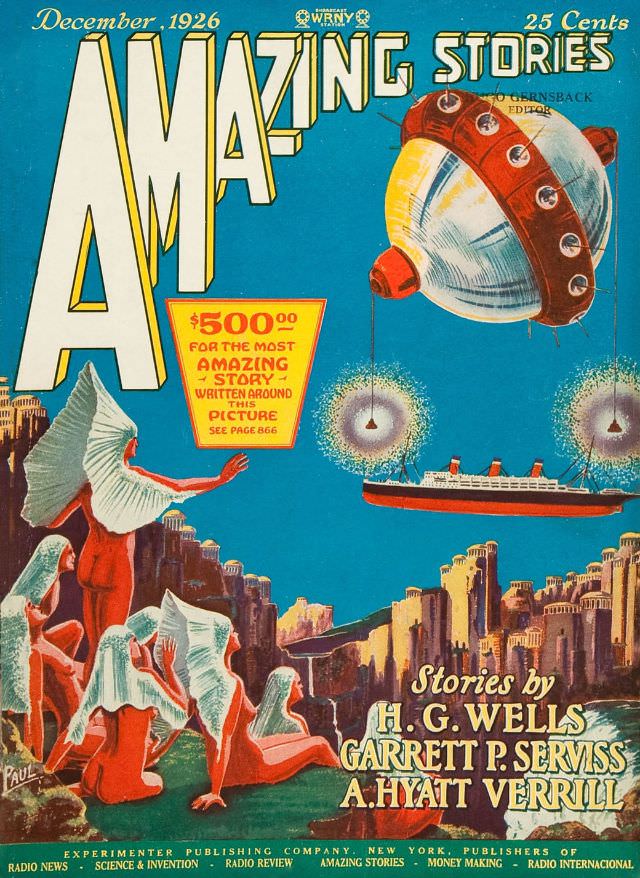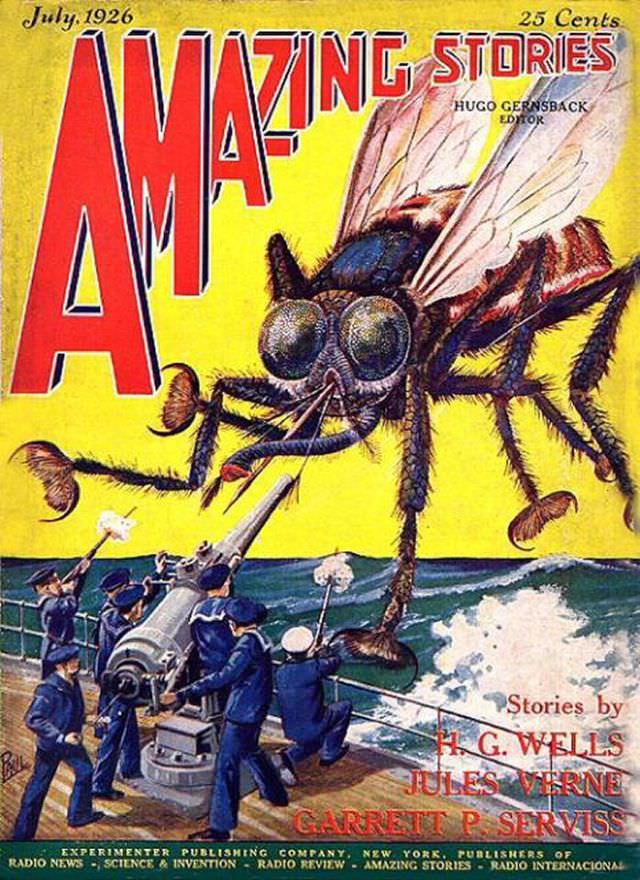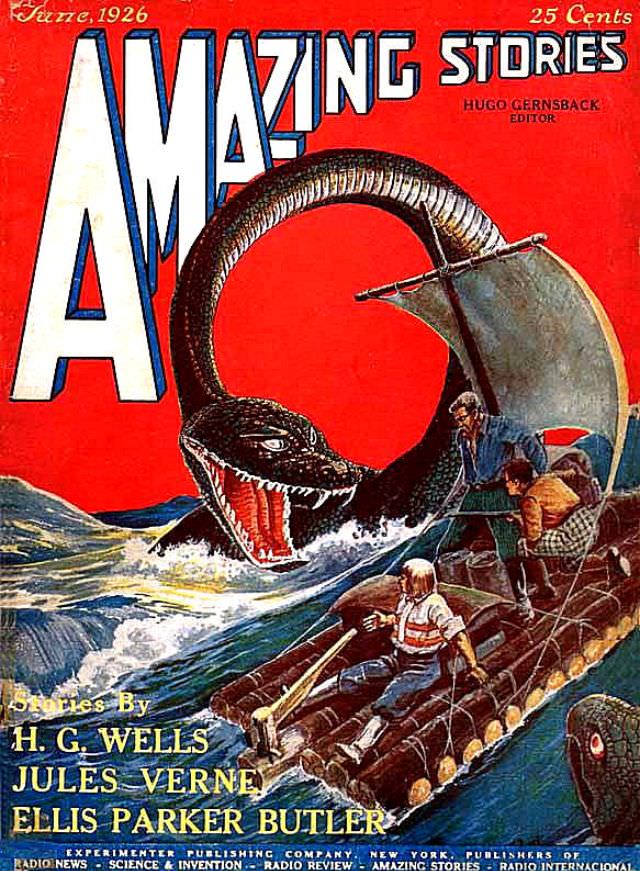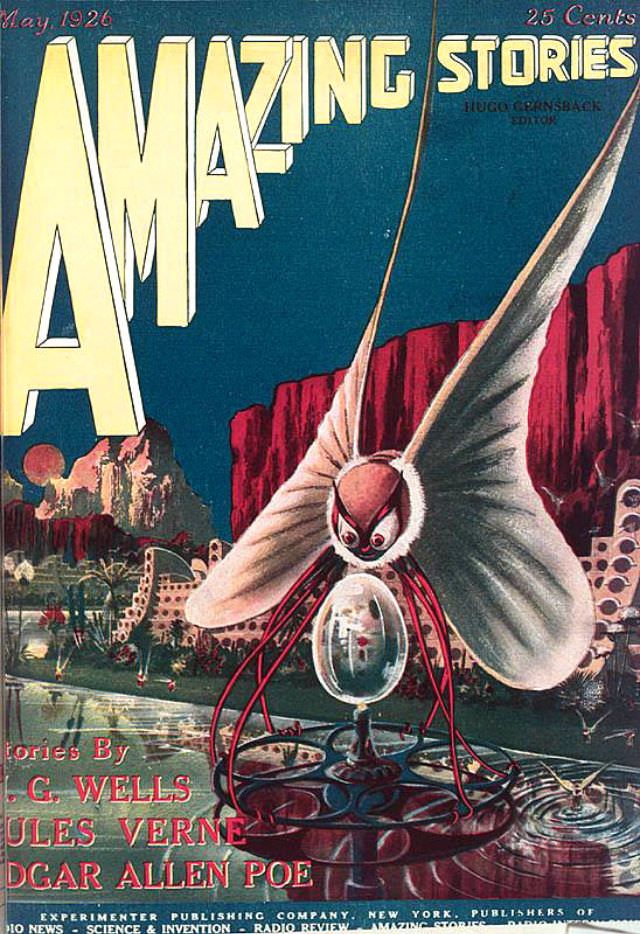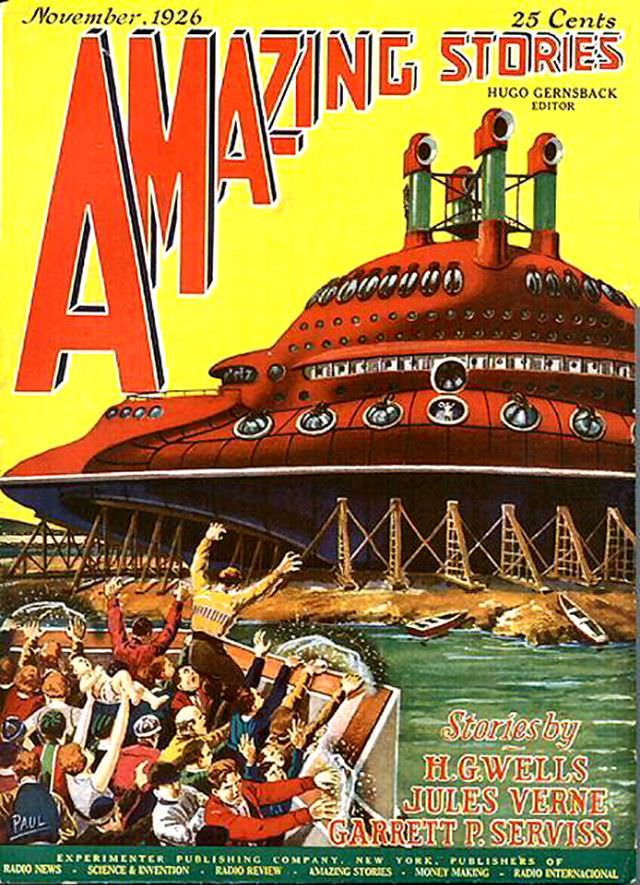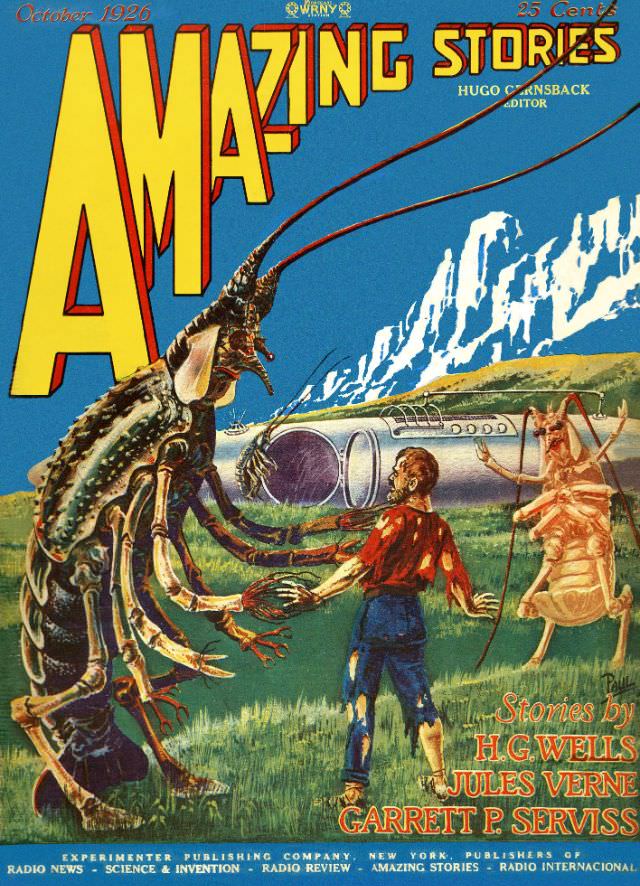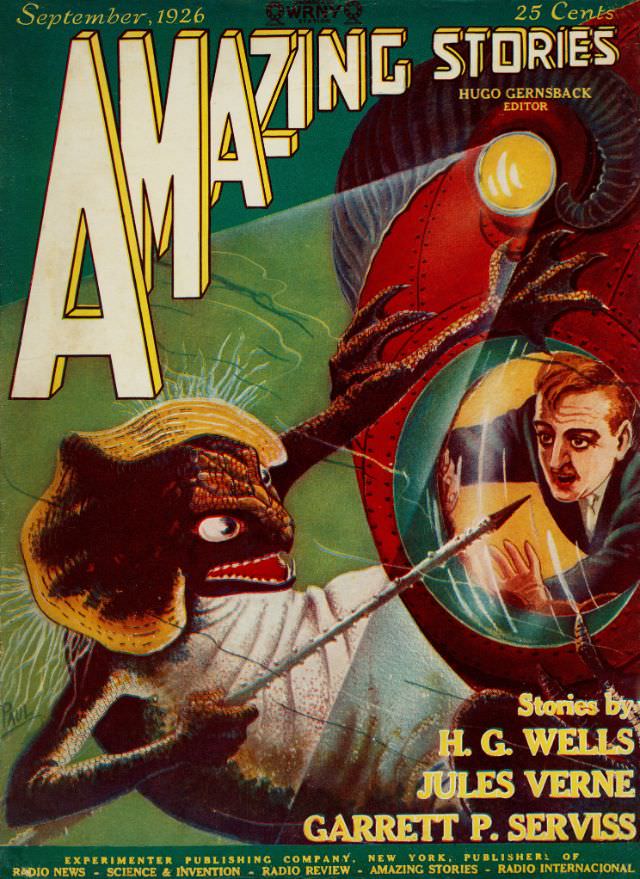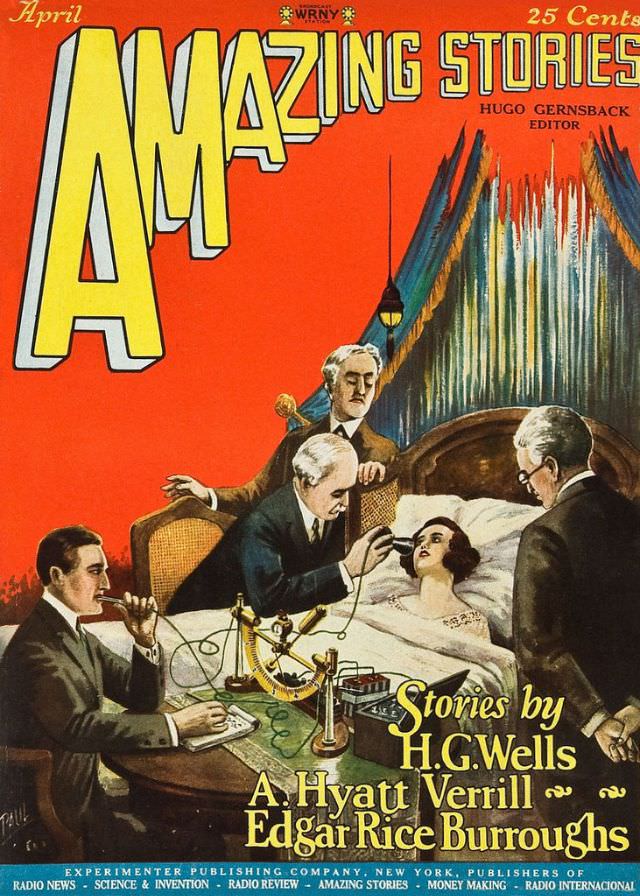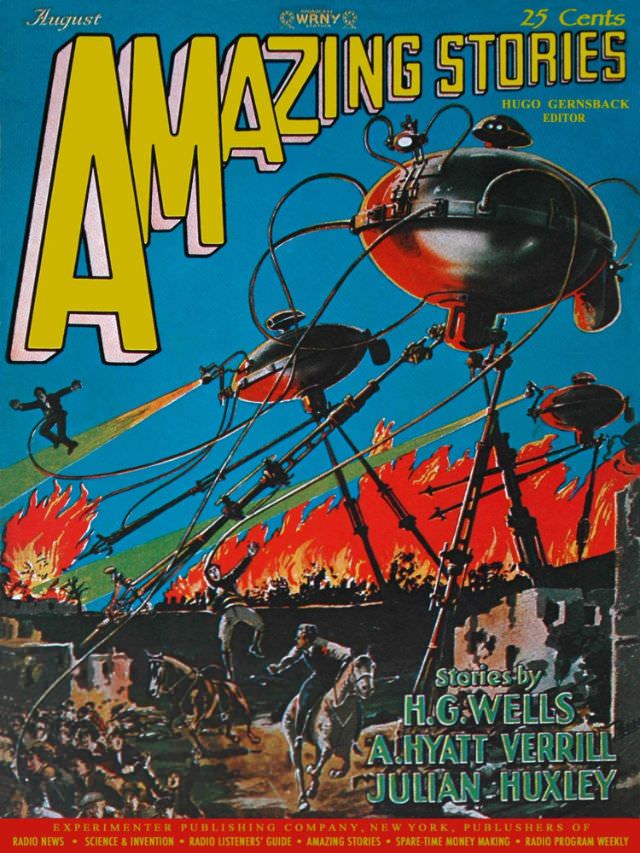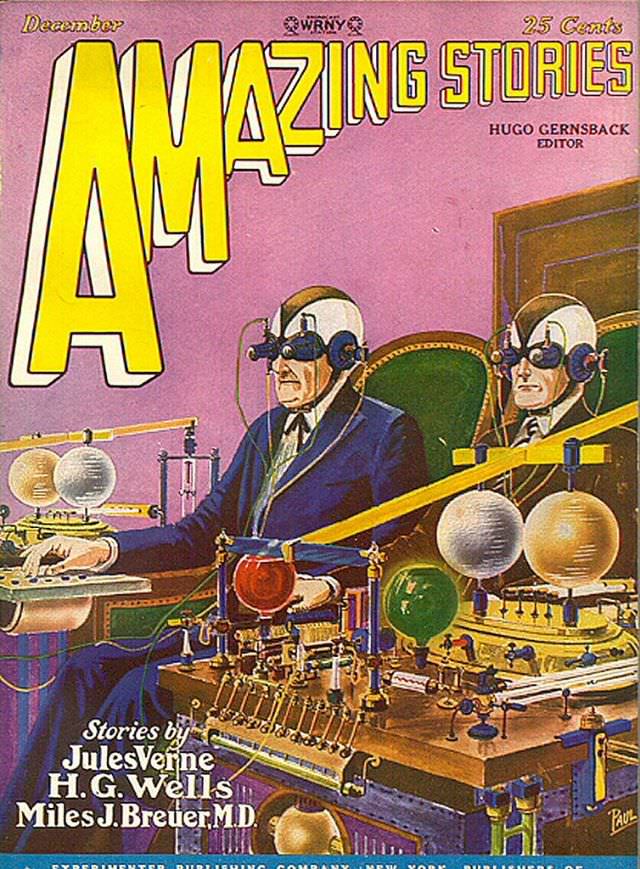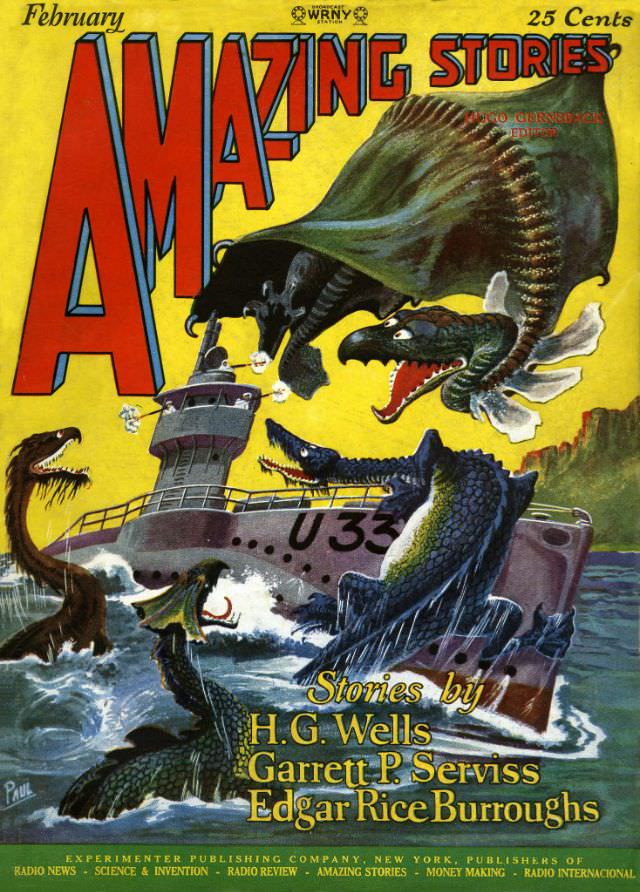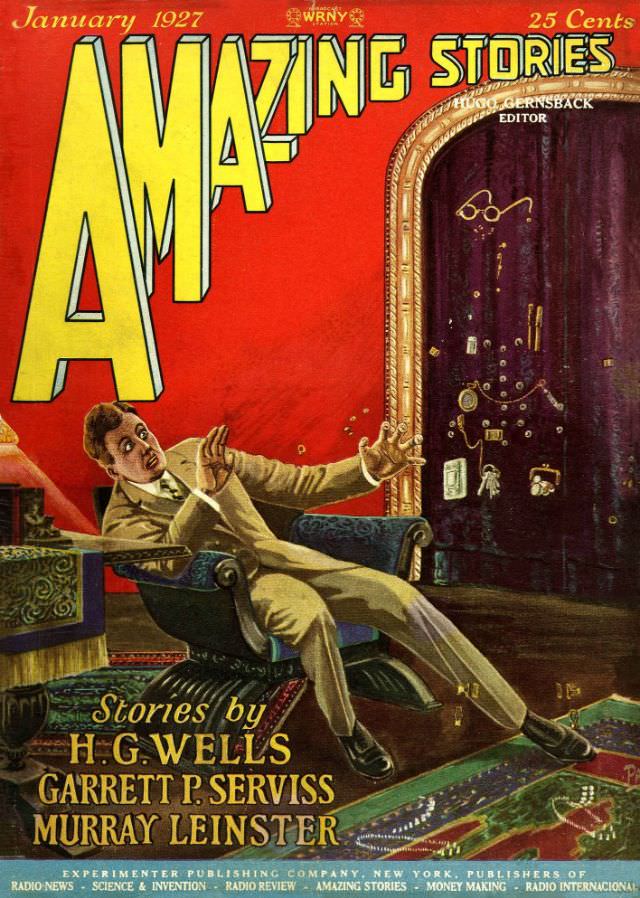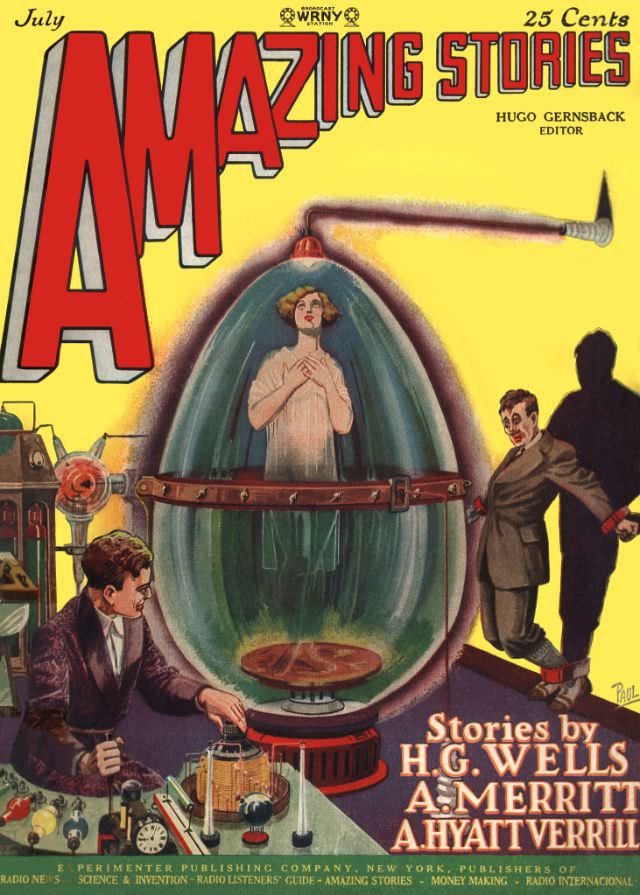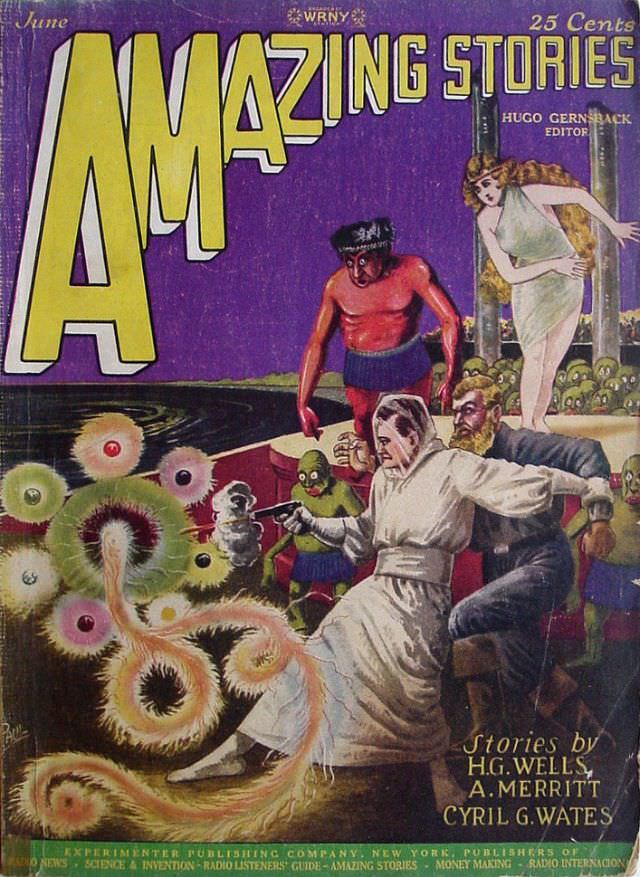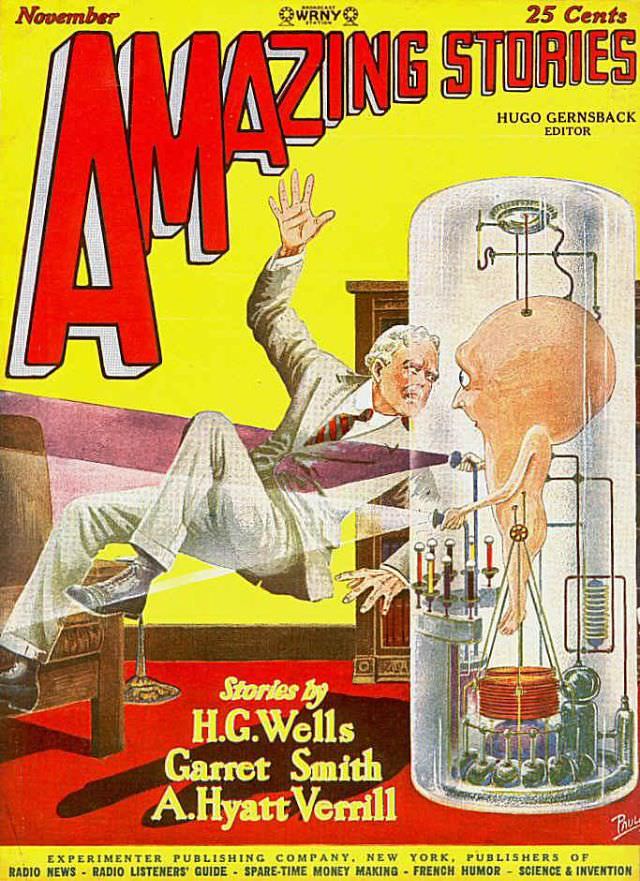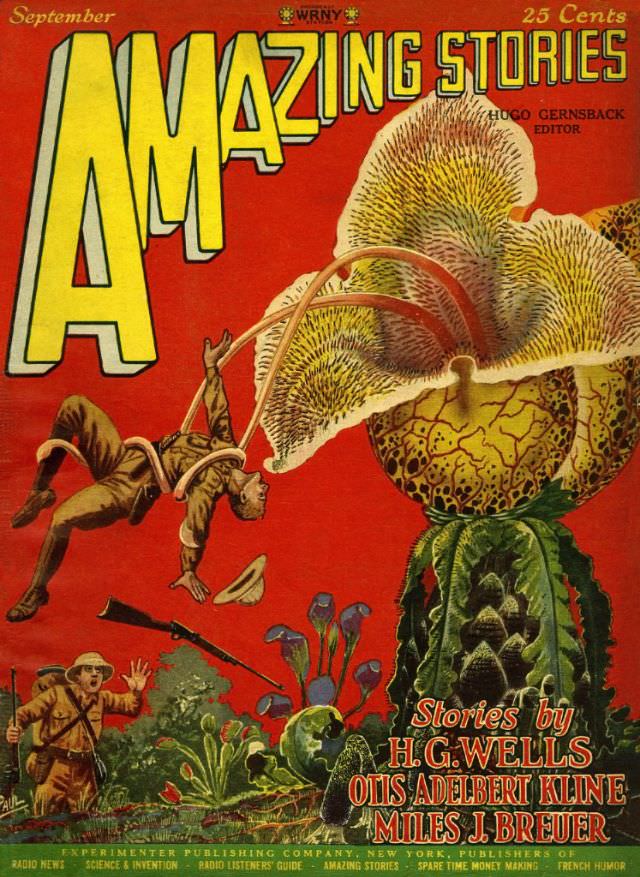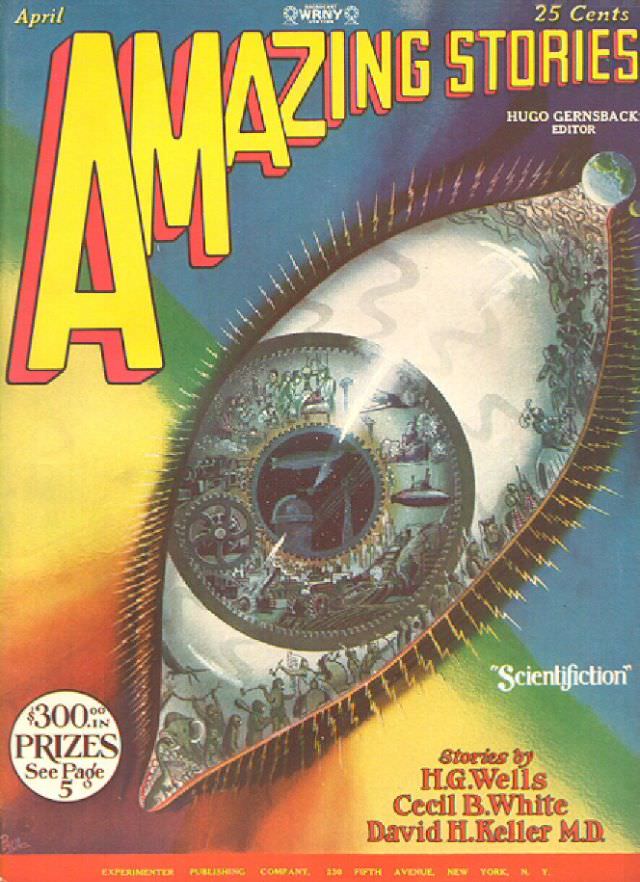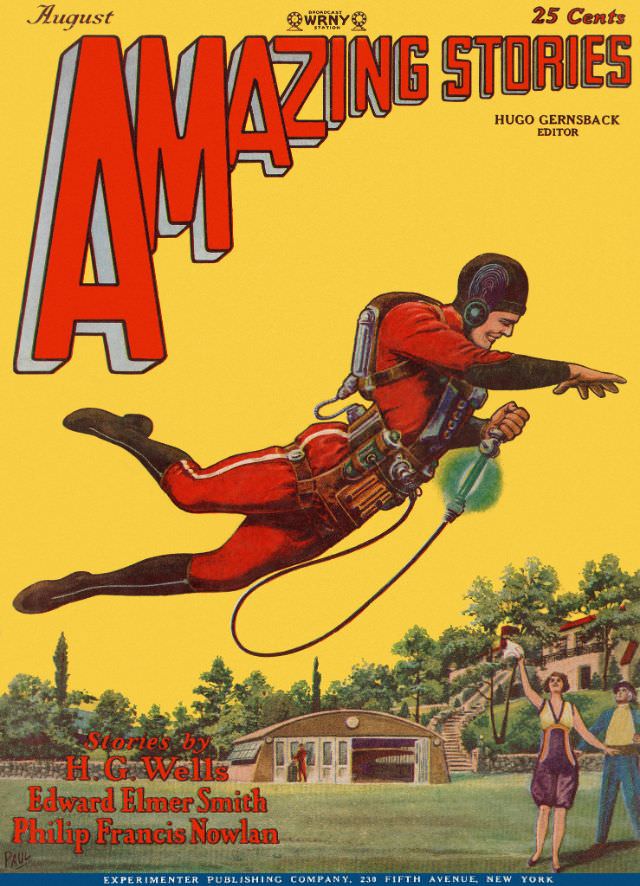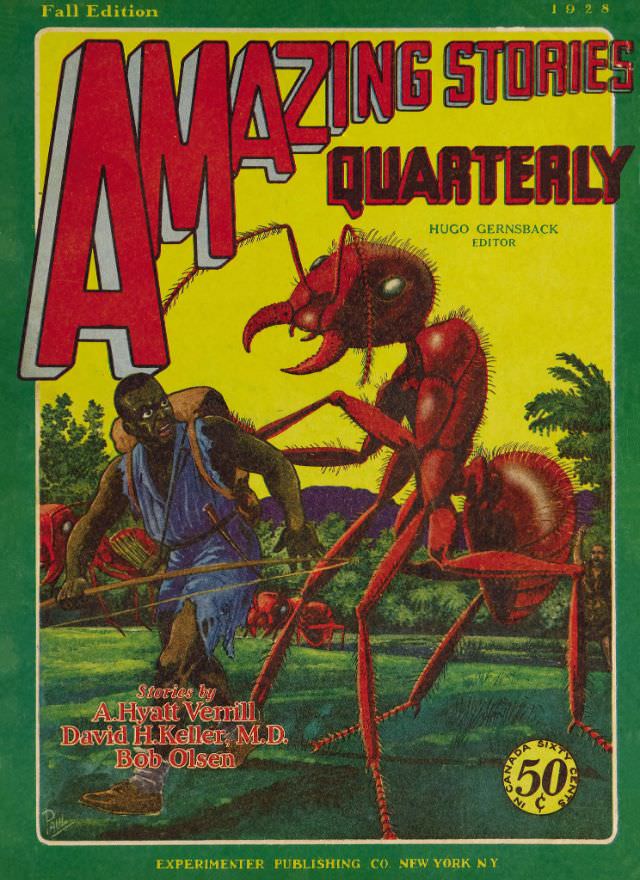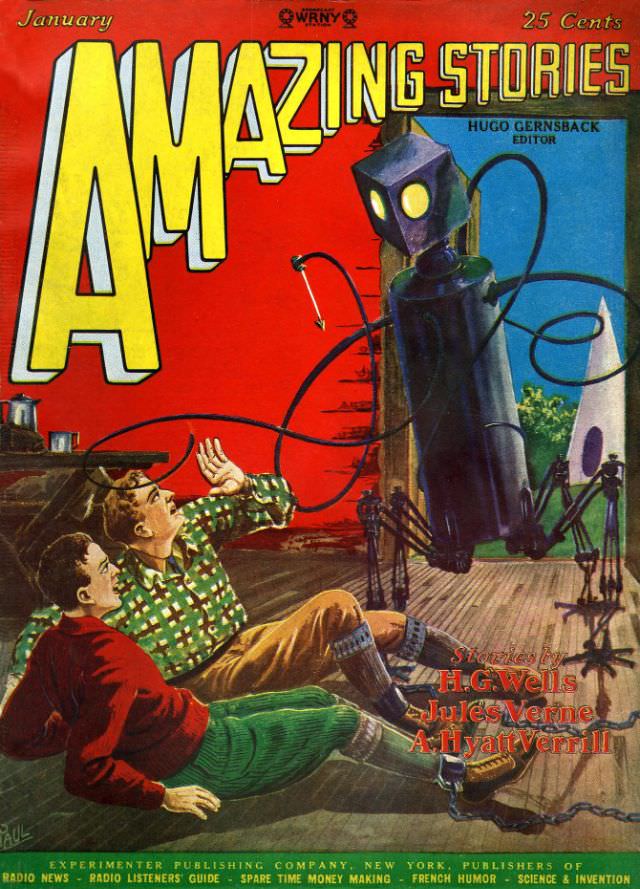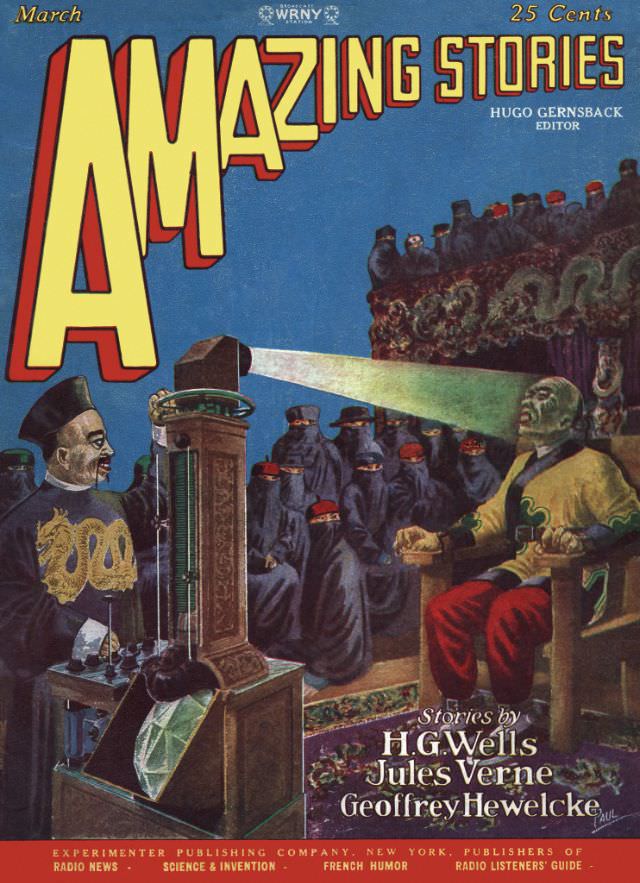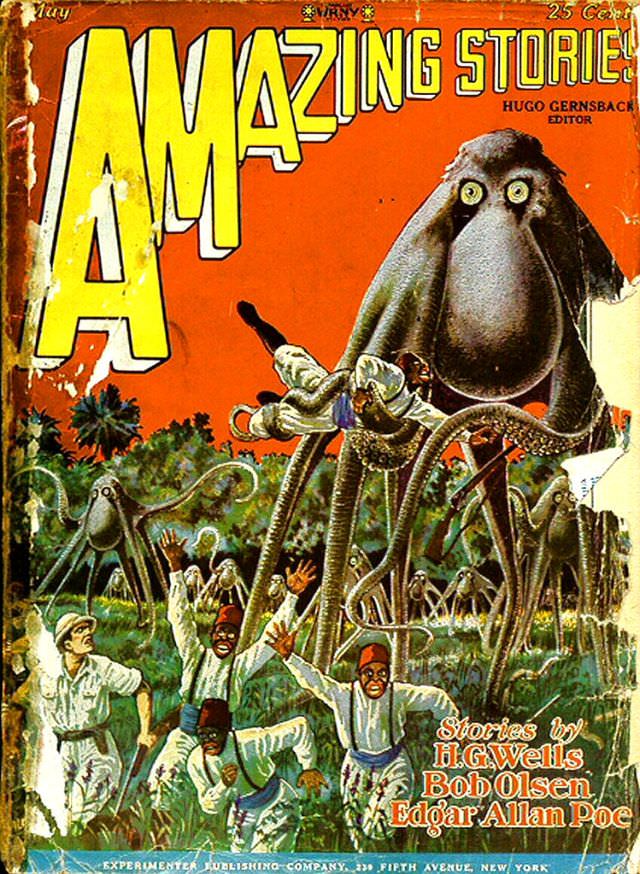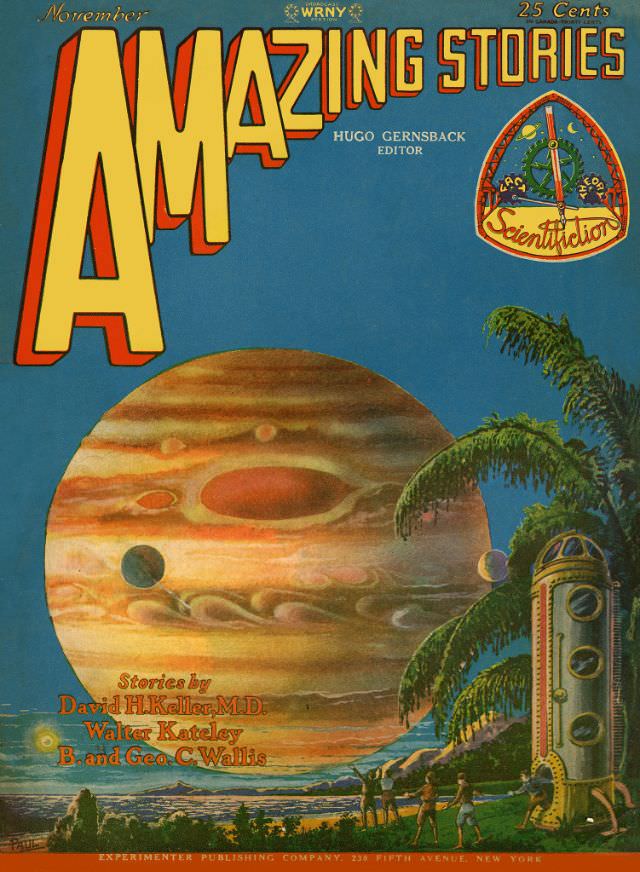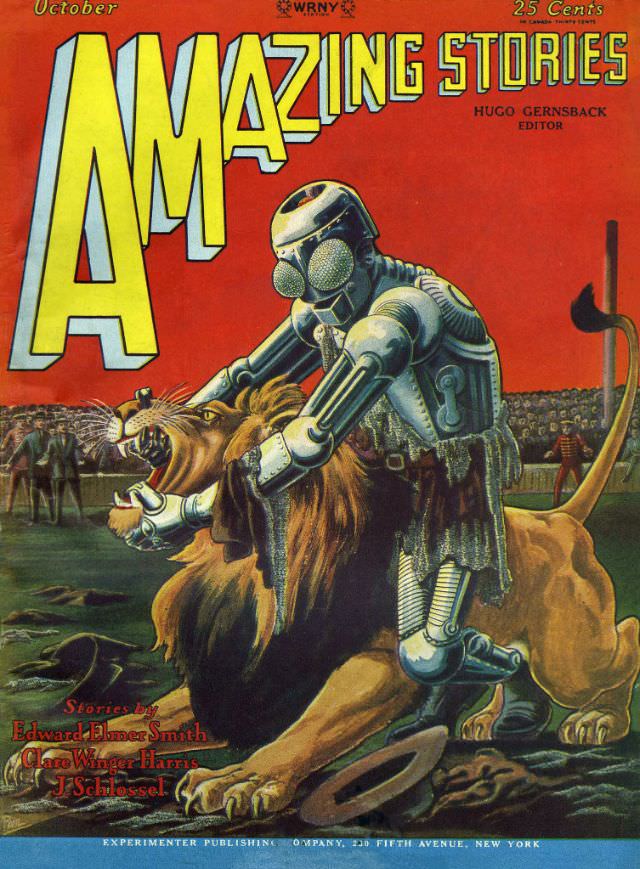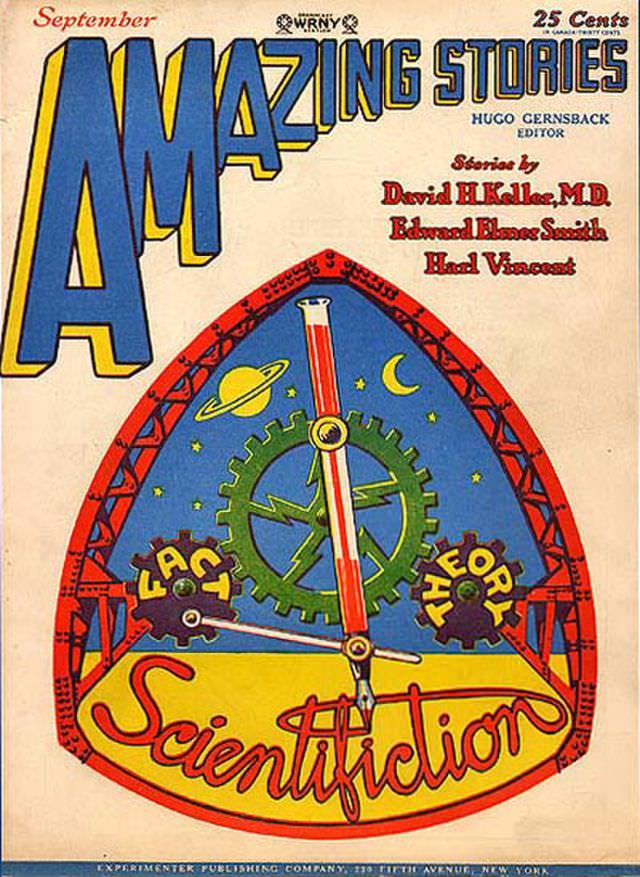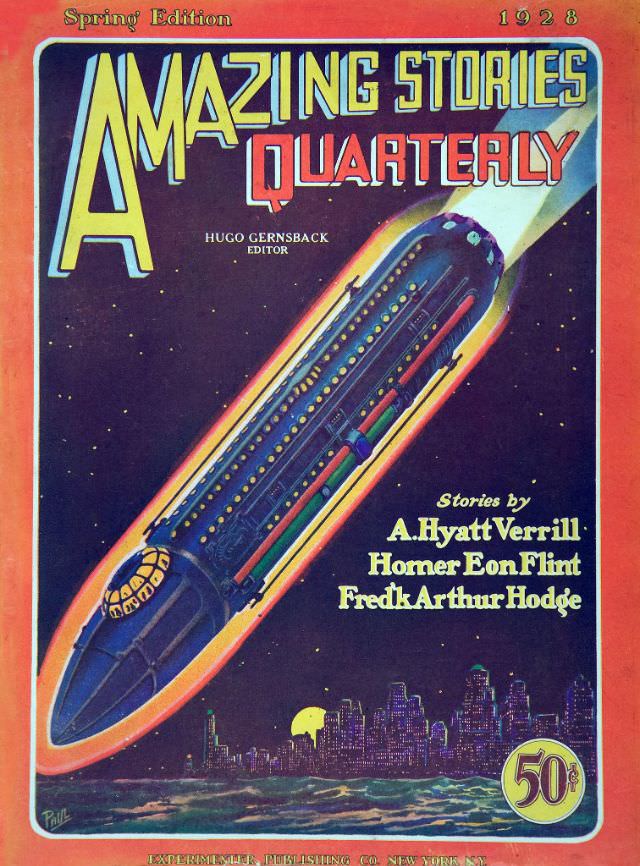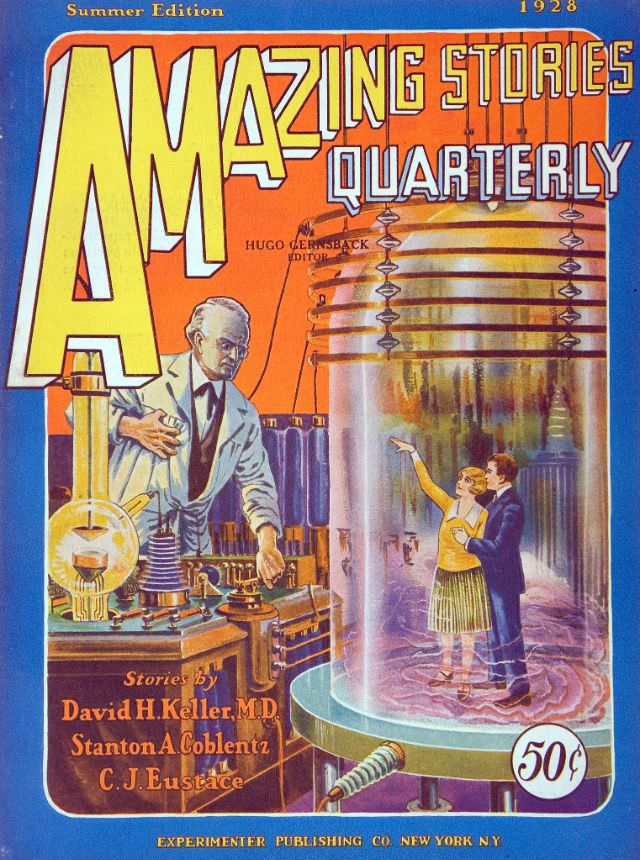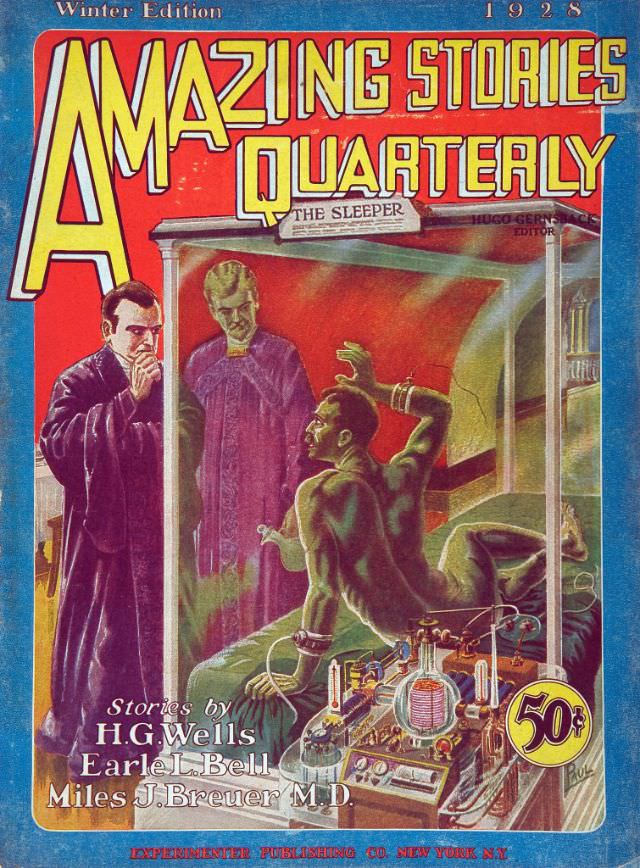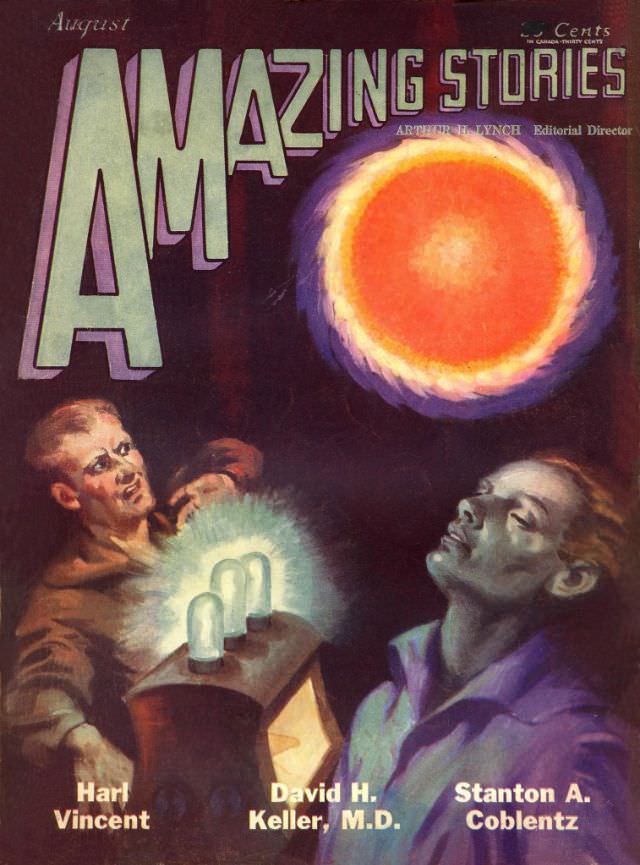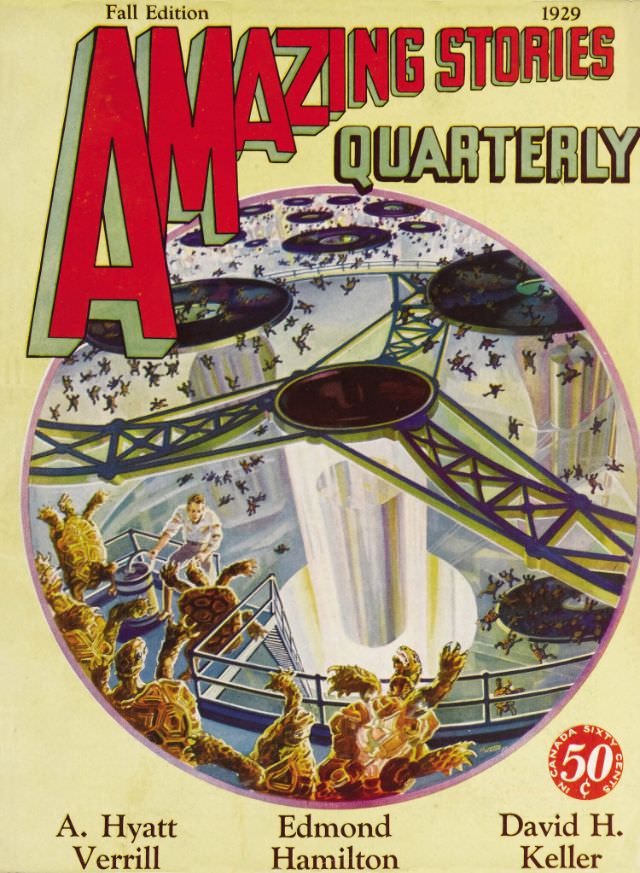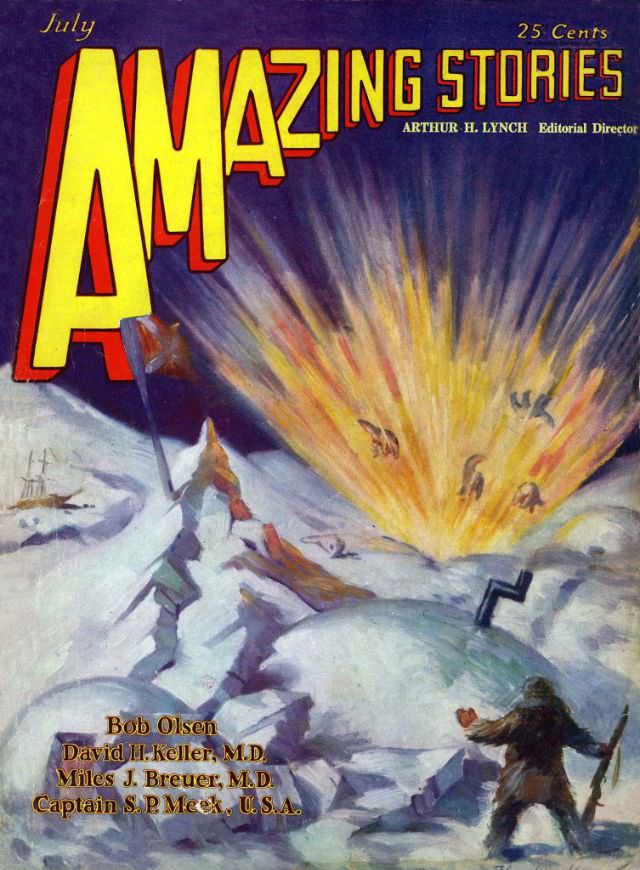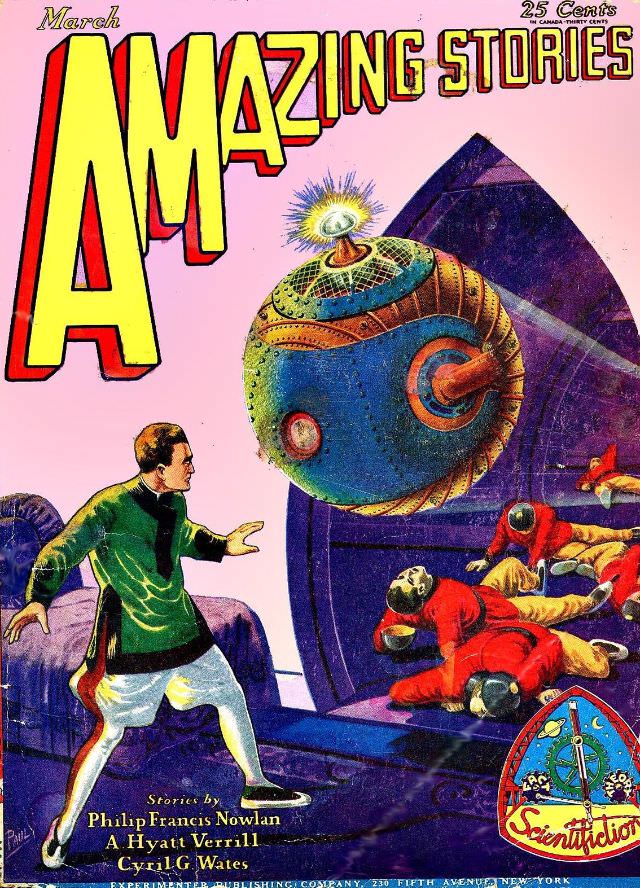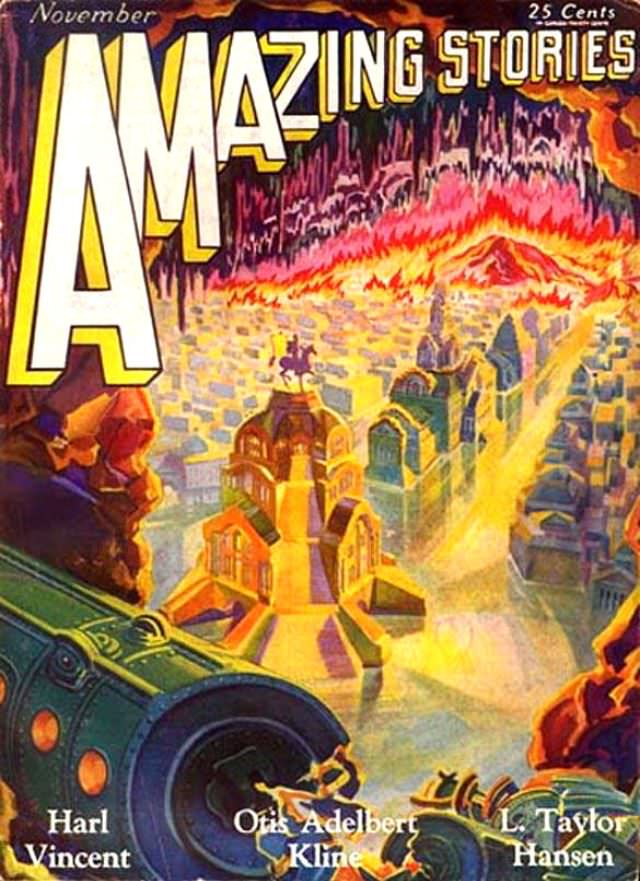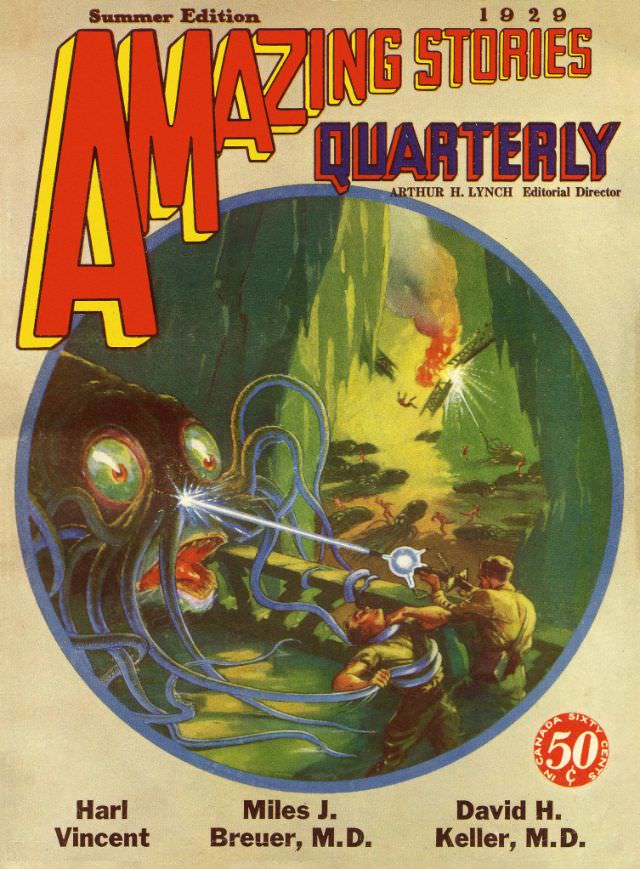Amazing Stories first hit the newsstands in 1926, and it was a game-changer for the world of science fiction. Created by Hugo Gernsback, the man who would later become the namesake of the prestigious Hugo Awards, Amazing Stories was the first magazine solely dedicated to science fiction. It showcased the works of both established and up-and-coming writers, offering readers a glimpse into fantastic worlds and futuristic technologies.
The 1920s were a time of great progress and change, with rapid advancements in science and technology taking place. Amazing Stories tapped into the public’s fascination with these developments, offering thrilling tales that explored the potential of new inventions and discoveries. From daring space adventures to imaginative explorations of life on other planets, Amazing Stories captured the spirit of the times, inspiring readers to dream big and look towards the future.
One of the most captivating aspects of Amazing Stories Magazine in the 1920s was its stunning cover art. Featuring vibrant colors and eye-catching illustrations, these covers were designed to grab the attention of passers-by and entice them to pick up a copy. With images of strange creatures, futuristic cities, and daring adventurers, the cover art of Amazing Stories set the stage for the thrilling tales within its pages.
Amazing Stories also played a significant role in nurturing the careers of some of the most renowned science fiction writers in history. H.G. Wells, Edgar Rice Burroughs, and Jules Verne are just a few of the literary giants whose work graced the pages of this influential magazine. By providing a platform for these authors, Amazing Stories helped to shape the course of science fiction literature and establish the genre as we know it today. The thrilling stories, stunning cover art, and visionary authors featured in this groundbreaking publication all contributed to the rich legacy of the genre.


